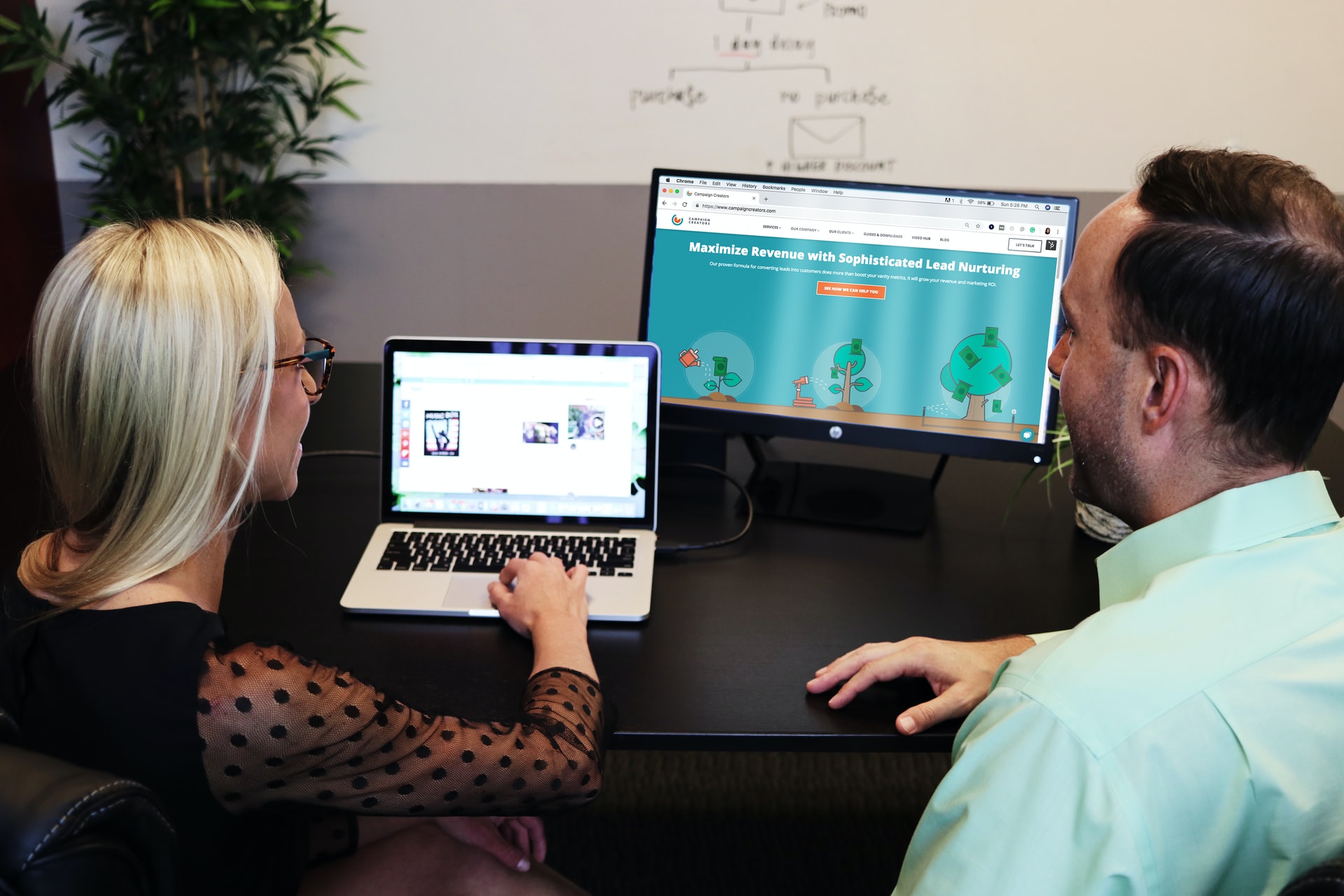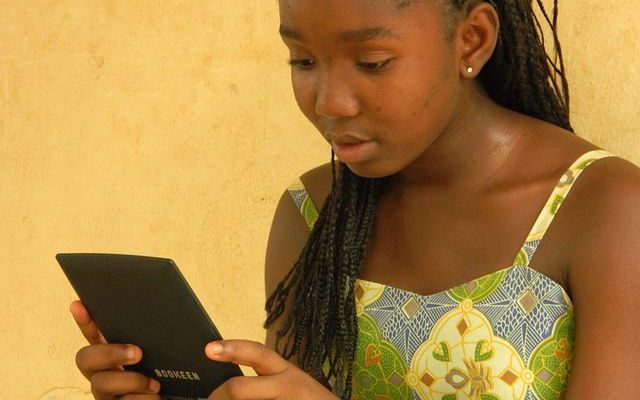Improving Education Equity Globally

Lots of children view access to free education as something taken for granted. But the truth is millions of children across the globe don’t regularly go to school. An article by Global Citizen mentions cost, location, and disability as some of the reasons behind this. Let’s take a look at these barriers and possible methods to eliminate or lower them.
Cost
For many families, the lack of financial ability is a massive obstacle in regularly sending their children to school. Children from these families don’t even have the basic skills like math or reading that might help them learn trade skills to get employment to serve their communities and support their families. Therefore, these struggling families and communities continue experiencing an ongoing cycle of poverty. Tax-supported public education isn’t available in many places, so schools in those locations charge a significant tuition fee. Establishing tax-supported public education systems can be an effective way to solve this. This can be achieved by reallocating funding from taxes or by collecting local taxes toward developing and maintaining public schools. Apart from tuition, uniforms, books, transportation to and from school, and supplies also require money that a huge number of families just cannot afford. One of the many possible ways to solve these problems is by building a library of shared books for every grade level. Students can reuse them every year, so every student won’t need to buy new books every year. While there is no fast or straightforward way to solve poverty, these kinds of initiatives should help to reduce the financial crises.
Location
The absence of a school within an acceptable distance from home or the lack of access to transportation is another major obstacle that keeps many talented children away from school. It isn’t safe for children to cover the distance from home to school by walking in many areas. This barrier can be lowered through several methods. These may include using technology, having lessons designed for learning at home, giving bicycles or other safe modes of transportation to students, having advanced or older students mentor or tutor lower level students in the area, etc. One article from Forbes discussed new methods presently being utilized to provide rural communities with resources without requiring Internet access. In terms of providing everyone with access to education, developing programs ideal for remote learning and connecting communities can significantly help.
Disability
There are an abundant number of students with different disabilities who can easily receive an education if they are presented with accessible materials. Thanks to technological advancements, lots of methods are available these days to help students with disabilities receive an education. For instance, one article from Triple Pundit discussed new software programs that have the ability to automatically perform English to Braille translation for blind students, making it significantly easier for them to go through the same assignments as their sighted peers. Accessibility must be considered when designing classroom spaces, lesson plans, tech, etc.
If you have any suggestions on building access to education across the globe, we want to hear from you.






